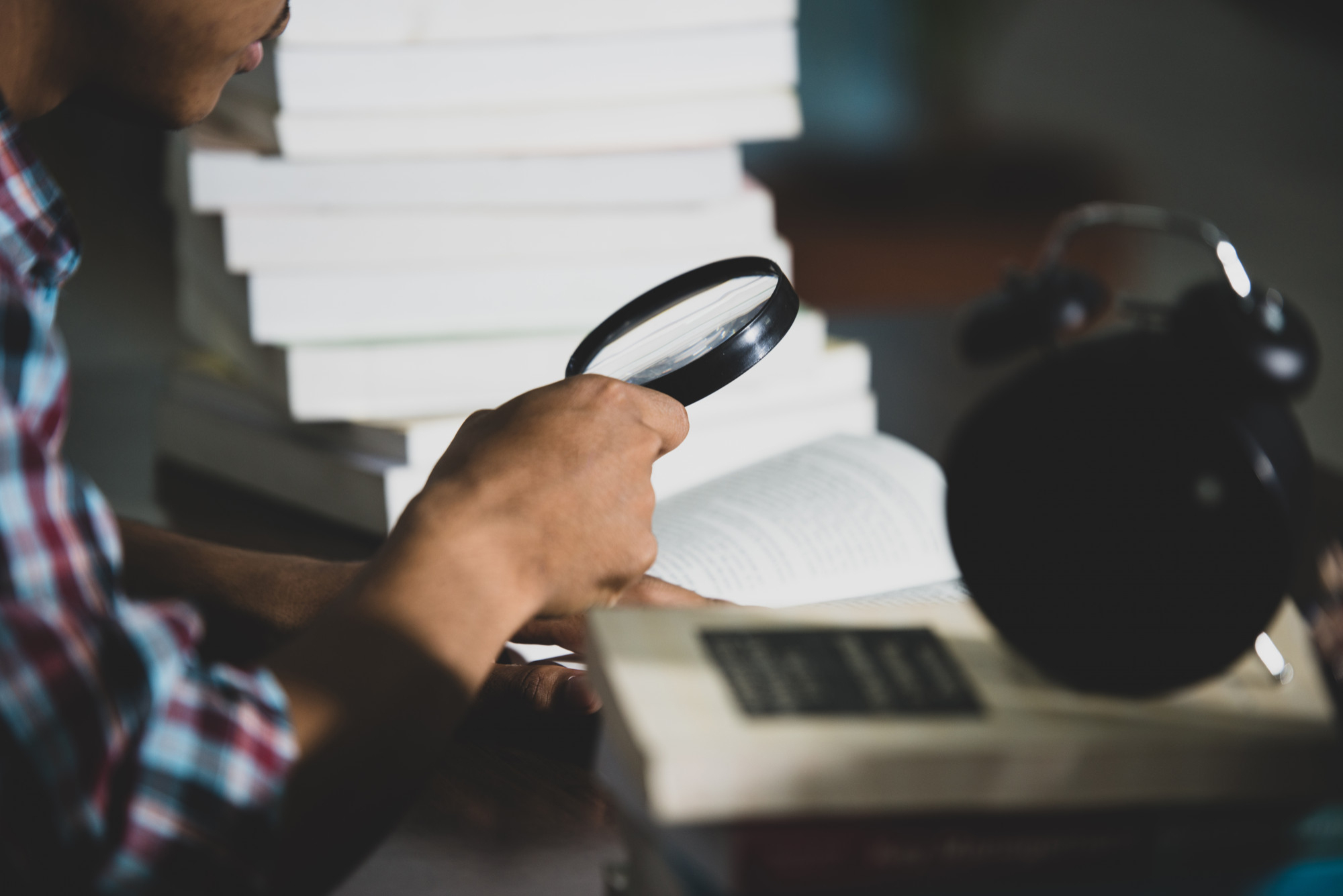Research
SafeWax project will investigate and assess the ability of SafeWax, a synthetic bio-inspired wax coating, to act as a sustainable system for crop protection by limiting phytopathogenic fungi growth and generating resilience to dehydration and excessive sun radiation.
Deriving inspiration from some plant cuticles that exhibit a unique combination of super-hydrophobic, anti-adhesive and self-cleaning properties (e.g., lotus, broccoli), we have developed SafeWax, a long-lasting, sprayable antifungal coating with a completely passive mode of action. This coating will protect crops from fungal infections, overcoming the severe limitations of current state-of-the-art antifungals. SafeWax will also provide hydrophobicity to fruits and leaves that do not naturally have wax crystals on their cuticles and will allow for self-cleaning and improved CO2 absorption. In addition, SafeWax will allow for intelligent water harvesting of condensed water and dew at night on the leaves. Moreover, SafeWax will aid in screening some of the UV radiation, thereby preventing burning of the leaves and excessive water loss in high temperatures and extreme sun conditions.
SafeWax multi-functional pesticide-free treatment will enable the generation of crops resilient to fungal diseases and dehydration, two cardinal agricultural problems in the future global warming scenarios.
SafeWax concept will be demonstrated on the grapevine, a prominent traditional European crop, which is severely damaged by fungal-associated diseases, as well as tomatoes and wheat as a proof-of-concept for validating our technology. The project’s long-term objective is to revolutionise crop protection practices with a completely new approach to preventing infections in crops, starting with fungi, via a passive, structural model of action inspired by nature.
The partners in the consortium are well-placed to push the project’s results and research into innovations. Firstly, TECH’s technology transfer office, with specialists not only in IP protection and business development but also, have extensive experience in accompanying innovative research throughout all development stages. T3, the technology transfer office of TECH has an extensive track record for tech to market transitions, with an IP base comprising close to 700 families of patents that generate 35 M€ million income per year. Additionally, BASF and the members of the Advisory Board will guide the consortium to translate the exploitable results into innovative products. BASF has been recently expanding its capacity in bio-PPP, being well equipped to tackle commercialisation of innovative bio-PPP for growing markets. During the project, the most appropriate exploitation path will be studied.
The consortium’s pre-established networks will be utilized within and outside their respective industries to periodically release information.
Project results that do not contain IPR conflict will be published and presented in conferences to the stakeholders and end-user. Communication materials will be sent to end-users and commercial partners so that product release plans can begin the development process. Both exploitation and commercial roadmap will be developed and continuously modified and adapted when needed throughout the project timeline.





